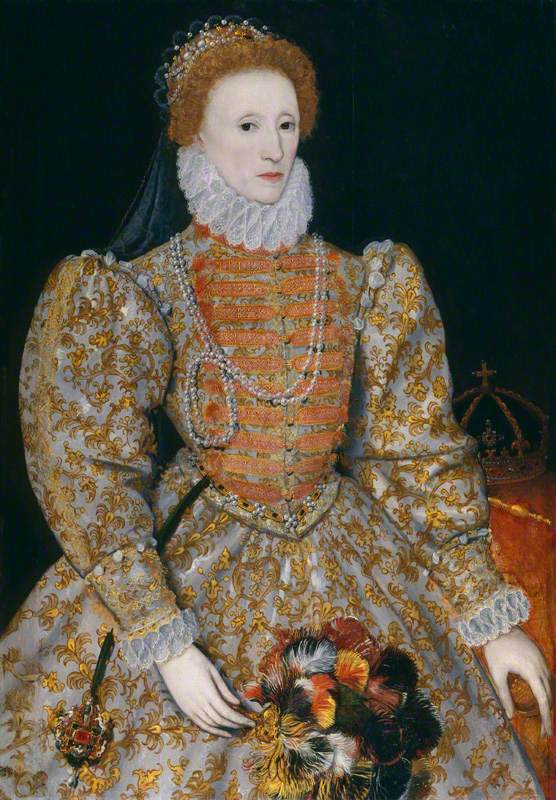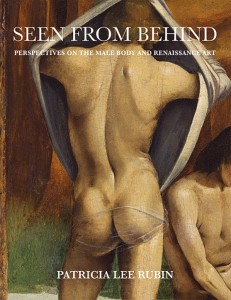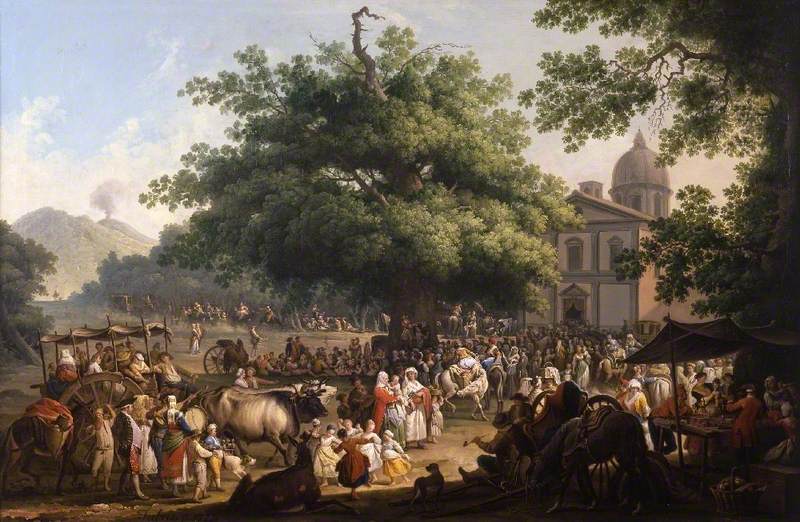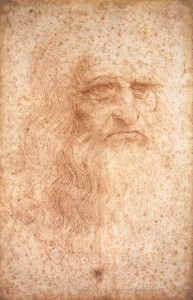Since Holbein’s A Lady with a Squirrel and a Starling (Anne Lovell?) entered the National Gallery’s collection in 1992 it has slowly been giving up its secrets. It is a portrait that begs many questions, above all why, uniquely in Holbein’s work, is the sitter shown with both an animal and a bird?
A Lady with a Squirrel and a Starling (Anne Lovell?)
about 1526-8
Hans Holbein the younger (c.1497–1543) 
The painting is a striking example of the tension in Holbein’s portraits between reality and artifice. The depiction of the animated, gleaming eye of the squirrel and the quickly brushed white triangle of fur above its crouching legs invites our sense that the squirrel will not remain content to chew its nut for long, and the restraining chain, which also informs us the squirrel is a pet, suggests imminent movement. At the same time the portrait is an exquisite exercise in formal design: the sitter inhabits a carefully staged and completely still background of leaves and branches scrolling across intense blue, highly artificial and deliberately blurring the boundary between the indoors and outdoors, as Holbein was often inclined to do.
One of the first discoveries the Gallery made concerned the way in which Holbein had created and shaped the portrait. Using infrared technology to see through the surface of the paint revealed that Holbein had begun by drawing the outlines of the portrait on his panel. He is likely to have used a drawing on paper taken in the presence of the sitter (many of these survive, but none for this portrait) and then to have traced the outlines of the face onto the panel. We can see he drew many folds for the shawl around the sitter’s shoulders, but did not follow all of them in the painting.
Perhaps most extraordinary is the fact that Holbein took care to trace out the carefully undulating lines indicating the edges of the sitter’s shawl in the under-drawing, only to produce different contours when he came to paint them, using his brush both dipped in pigment and reversed, creating an indentation with the end of the handle in wet paint. This was not his only change. The X-radiography of the painting showed that Holbein originally painted the sitter’s right arm somewhat lower, revealing she wore a belt, and also altered the position of her left hand. It seems changes were made late in the portrait’s creation in order to accommodate the squirrel. Why was it so important?
It was the stained-glass historian David King who solved the puzzle of the presence of both the squirrel and the starling, and at the same time suggested the identity of the woman in her hat of white Russian ermine (looking closely you can see the small joins between the pelts). He had noted the coat of arms of the well-connected Lovell family in the church of East Harling in Norfolk, which includes three squirrels, all crouched, eating a nut, just as in Holbein’s painting. Holbein’s sitter is very likely to be Anne Lovell, wife of Sir Francis, who bore him a son in 1526, perhaps a year before the portrait was made. And the starling? It may be a pun on East Harling, commonly spelt ‘Estharling’.
Susan Foister, Director of Public Engagement and Deputy Director, The National Gallery, London


















